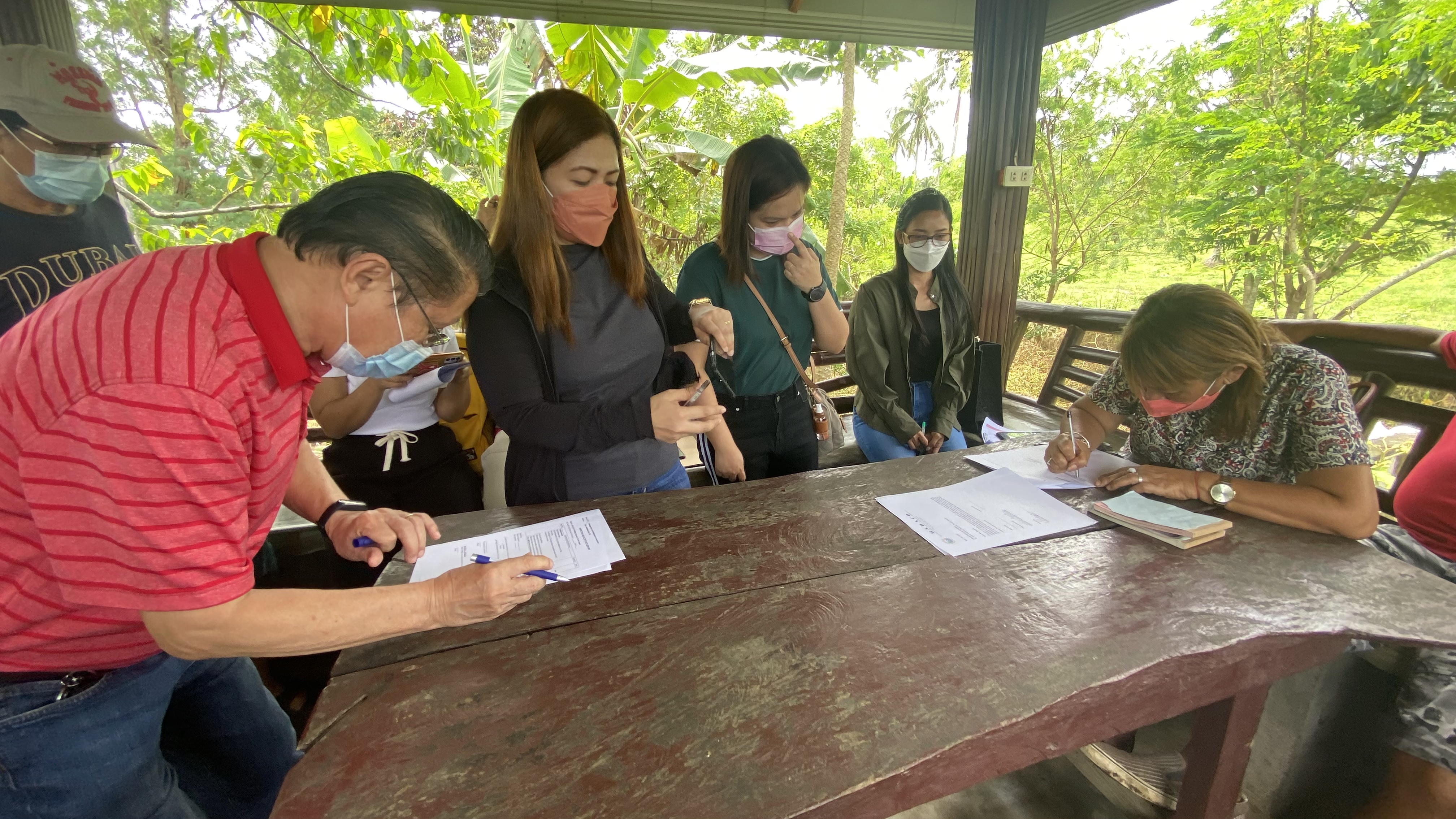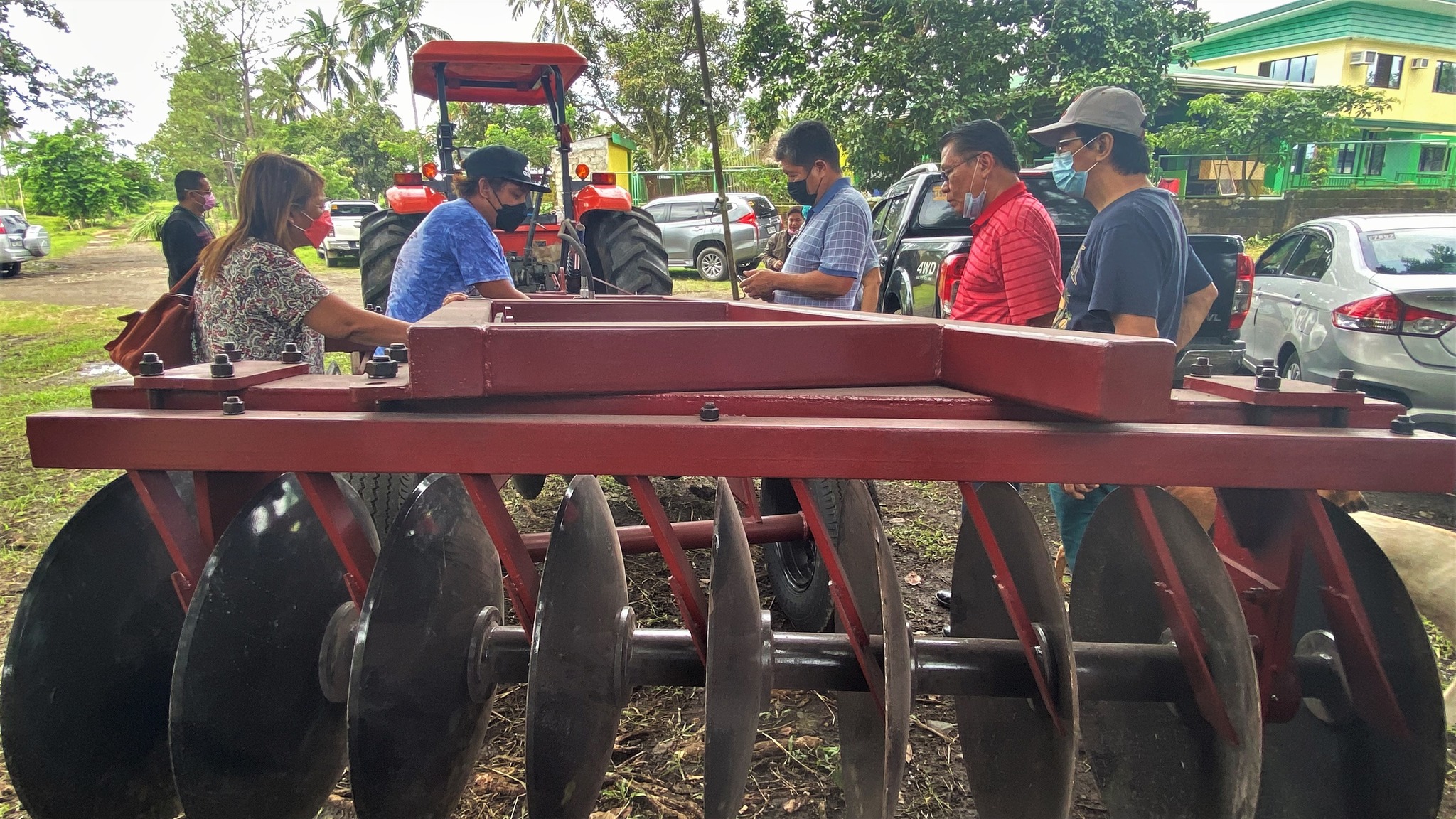
DA-PRDP CALABARZON provides trailing harrow to improve dairy farm enterprise
The Department of Agriculture – Philippine Rural Development Project (DA-PRDP) Regional Project Coordination Office (RPCO) CALABARZON delivered a trailing harrow to the Batangas Dairy Cooperative (BADACO) as part of the interventions under its dairy farm enterprise subproject in Brgy. Inosluban, Lipa City. The equipment will help the cooperative plant corn on their dairy farm, which will serve as fodder for their cows.
The DA-PRDP provided PhP230,000.00 for the mounted type trailing harrow commonly used for land preparation. According to BADACO chairman Juan Lozano, the trailing harrow will speed up their operations in readying their farmland for corn production where they will source raw materials to make silages. He explained that they are switching to silages as their animal fodder because silages are more nutritious and have a longer shelf life than their regular feeds.
“Kung malusog po ang aming mga alaga, mas marami po at mas maganda ang kalidad ng magagawa nilang gatas. Makakatulong rin po ang silages lalo na sa mga araw na walang damo,” said Jose Alilio, Vice Chairman of BADACO.
Chairman Lozano said they would start their corn production operations as soon as possible with the trailing harrow tested and ready for use. Meanwhile, to further support the cooperative, the DA-PRDP will provide them with corn seeds and fertilizers to sustain their corn plantation. The cooperative will also receive additional dairy animals from the project soon.
“Napakalaking tulong po nitong interventions ng PRDP para mas mapalawak at mapaganda pa ang aming dairy business. Umaasa kami na makakatulong ang aming negosyo para lumakas pa ang industriya ng paggagatas dito sa Batangas,” shared Alilio.
The dairy farm enterprise of BADACO is among the ongoing subprojects of the DA-PRDP under its enterprise development component (I-REAP). It aims to develop the dairy industry in the locality and improve its beneficiaries’ income and quality of life by helping them increase their milk production, build up a breeder-based dairy cattle population, improve nutrition management, and reduce production costs.




